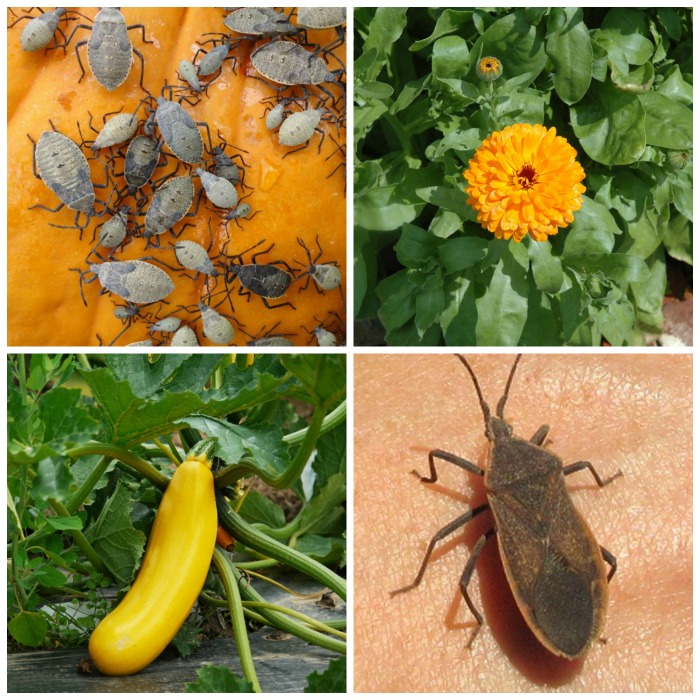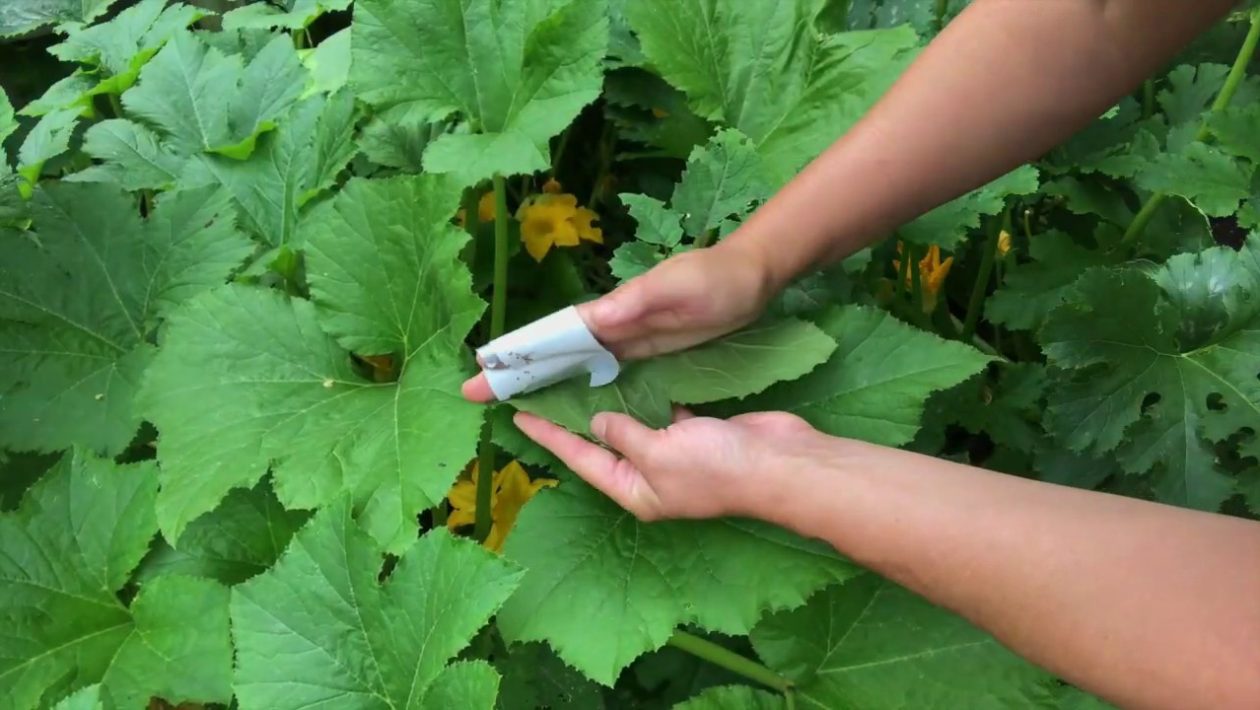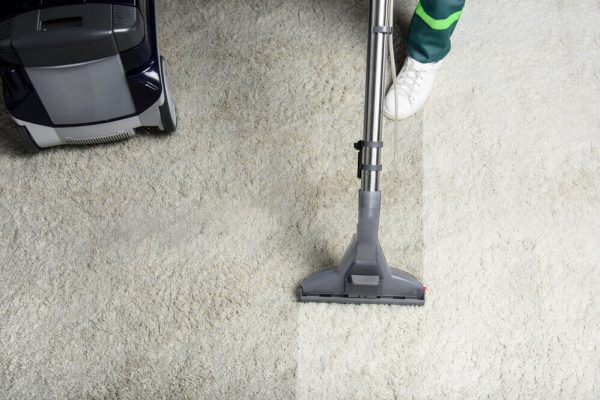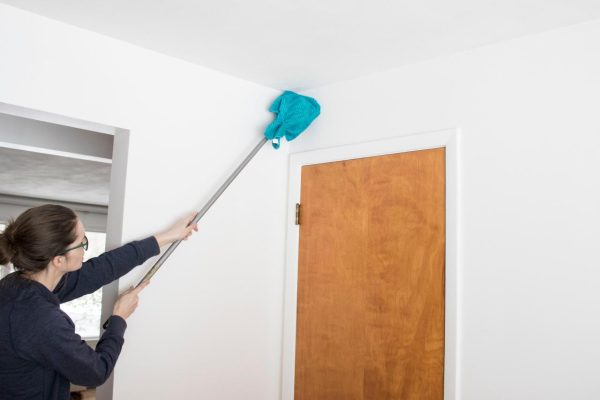Introduction
Here we are going to discuss How to get rid of squash bugs.? Squash bugs are annoying pests that can ruin your squash crop. They attach themselves to the vines, sucking the juices and causing damage. You may even see them on your squash flowers or fruits.
Squash bugs skitter along the ground, moving quickly so they do not get caught in your garden hoe, but they are easy to see and kill if you follow a few simple strategies.
Do not plant squash in the same spot year after year
Squash bugs lay eggs in the soil, and the nymphs hatch from them. They feed on the roots of squash plants, working their way up toward leaves and stems. The nymphs are whitish worms with brown heads; they’re so small that they can fit through a hole as small as a pencil lead.
Because squash bugs spend most of their lives underground and emerge only at night to feed on your plant’s leaves or stems or both, you may not be able to see them unless you are looking hard enough, and even then, it may be hard to tell if there’s one crawling around in your garden right now.

You will know when something is wrong if any part of the plant’s skin turns yellow or brown; this means some fungus has eaten away at its outer layer. Hurry up if this occurs during mid-summer, when the blooming season begins again after winter hibernation ends!
Spray all affected areas with neem oil every two weeks until early fall before harvest time arrives again next year since squash bugs are very light creatures who float on water surfaces like boats do during sea voyages instead.
Try companion planting
You can also try companion planting, a great way to help squash plants and repel pests. Companion planting involves growing different vegetables or flowers close to each other to attract beneficial insects and deter pests from attacking both plants.
For example, you might plant beans around tomatoes because the strong scent of their leaves repels aphids while it attracts ladybugs. Or you could put marigolds near your tomatoes so that they attract ladybugs when there are no aphids present (the orange color).
Use row covers as a physical barrier
Row covers are a great way to protect your plants from pests and keep them cool in the summer. Row covers can be used to create a windbreak or shade, which will help save energy costs.
If you want to use row covers for their cooling properties, place them over your plants before it gets too hot outside. The material is made from polyester, so it won’t keep out insects if it’s too hot!
Row coverings can also act as humidifiers for indoor spaces where there isn’t enough moisture getting into the air via traditional watering methods or perhaps even rain. They’re easy to use and don’t require any chemicals!
Handpick squash bugs and eggs
You can also handpick squash bugs and eggs. Just make sure to put them in a jar of soapy water, or else they’ll be back again soon enough!

You can also freeze squash bugs and eggs if you don’t want to deal with them anymore. Just put the bugs into an airtight container, then seal it with lots of tape or duct tape.
The key is checking your plants daily for new eggs; if there are any on your plants, when you check them, leave them until all the little ones have hatched out their babies and left home for good. These are some answers to How to get rid of squash bugs.
Drown them in soapy water
Soap is a great way to kill squash bugs. You can use dish soap or some other kind, and it doesn’t matter what type you use as long as it’s soap and not water because then the insect will drown in it. It’s best to pour the soapy water directly onto the squash bug itself or spray it onto your plants, but even if that doesn’t work, soaking your soil with soapy water will do just fine.
You will need a spray bottle full of clean water and some mild dish soap; mix up some solution in that bottle and then mist all over your plant’s leaves when they’re still wet from raindrops or watering them with hose-watering earlier. You’ll want around two tablespoons per gallon so that there’s enough substance left over for soaking into some compost afterward.
Spray the plants with neem oil
Neem oil is a natural insecticide that you can use to kill squash bugs and their eggs. It should be applied to your squash plants’ leaves, stems, and undersides in early spring when they start growing again after winter.
It would be best if you used it every couple of weeks until all damage is gone or you see no evidence that any pest activity is taking place on your garden plants. Keep your outdoor space clean and organized, so there aren’t any hiding places for pests like this.
Stake up the vines to make it harder for them to climb up to the leaves
Staking up the vines makes it harder for them to climb up to the leaves.
Stakes should be placed every few inches to support themselves easily and will not damage your plant.
You can use bamboo stakes or any other soft material, such as cotton balls, that won’t leave marks on the plant’s leaves once removed from its trunk or stem after harvest.
Staking up plants also makes it easier to harvest fruit by creating a barrier between squash bugs and their main food source: watermelons.
Also Read: An Introduction to Buying an Apartment in Dubai
Conclusion
You can do a few things if you want to grow squash in your garden this year but do not want bugs to ruin it. This was all about How to get rid of squash bugs. (southside815.com) Using row covers or handpicking the bugs, you can keep them from getting out of control and ruining your harvest. And by planting companion plants next to each other (like beans and tomatoes), you can keep pests away from each other and reduce their numbers even more!





